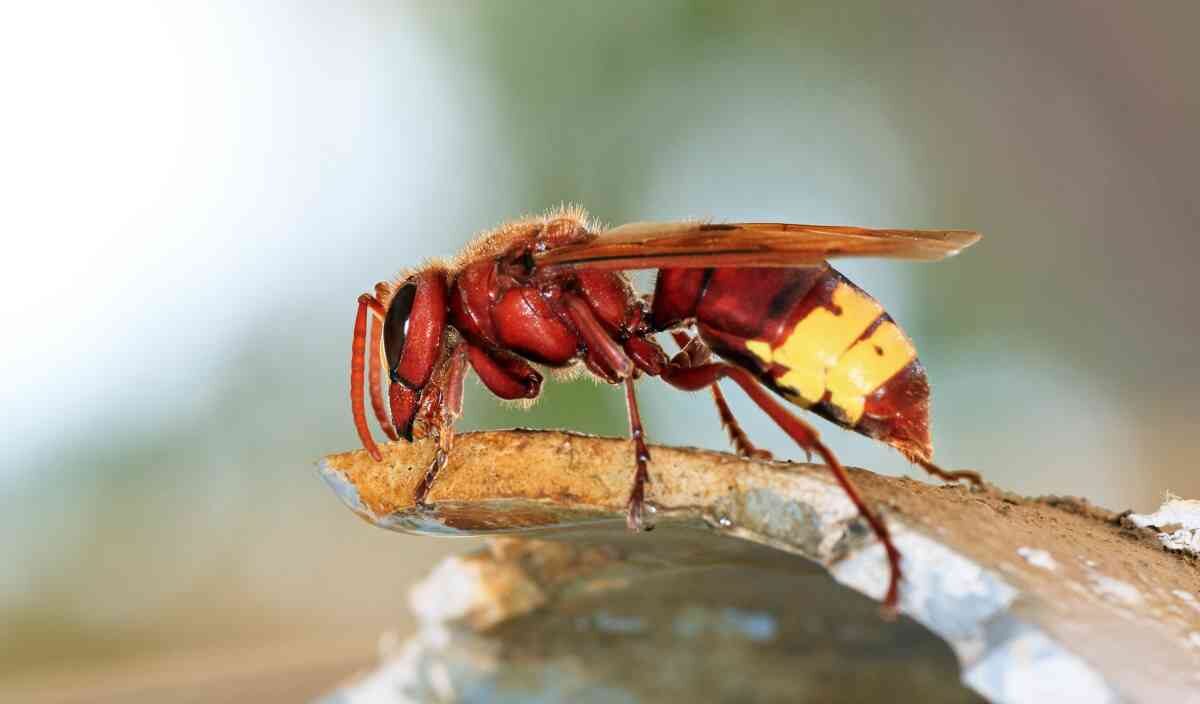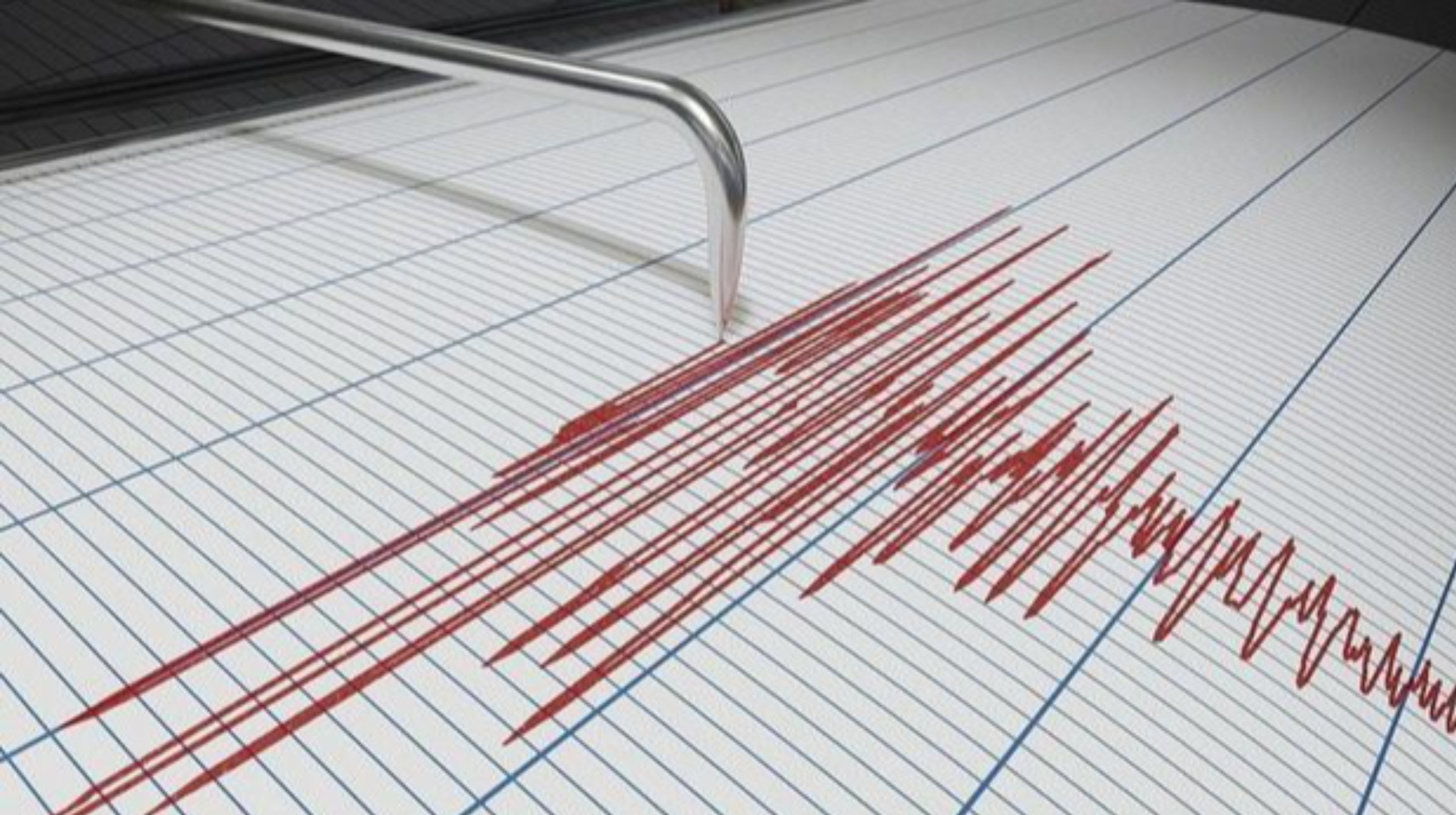A few days ago, on September 3, 2022, a man in Naples was stung by the so-called Asian hornet or vespa orientalis, while he was on the scooter at the Rione Alto.
Immediately Angelo Covino, this is his name, heard a severe burning associated with irritation, also noting the swelling of the part of the arm on which he had been stung. The pain was very strong, as stated by the man himself, so after a first aid thanks to passers-by and advice in the pharmacy it was only necessary to go to the emergency room at the Cardarelli Hospital.
We tell this episode for clearly explain what insect we are talking about, why it is found in Naples and in Italy in general and how it can be recognized. In fact, after this news many people got worried thinking they were facing one new "threat" carried by a "alien" insect (i.e. not typical of our areas, not indigenous), but it is better to understand each other more so as not to cause too many concerns.
What is the Asian hornet or Vespa orientalis: is it "alien" in Italy?
For several days there has been talk of one alleged invasion by this insect, the eastern wasp (or wasp orientalis), which would be spreading first of all in the Rome area and then also in other cities, including Naples.
In reality, this type of hornet has been in our country for a long time and the descriptions given by newspapers and TV are often too alarming.
It is part of the order of hymenoptera, which also includes honey bees, bumblebees and other types of hornets.
As also explains theIspra,Higher Institute for Environmental Protection and Research, it is absolutely not a species that arrived today from abroad in our country, but it is one native species present in Campania, Sicily and Calabria. There have also been reports in central and southern Italy.
How dangerous is the wasp orientalis compared to the European hornet?
Il European hornet, a species of wasp among the largest, is typical of our continent and yours danger is equal to that of the Asian hornet or wasp orientalis. In fact, the two are closely related and the wasp orientalis / Asian hornet it is no more dangerous than the European hornet. Furthermore, the wasp orientalis is very aggressive especially towards honey bees and is a danger for the production of honey.
So, a prick can be very painful and cause irritation, but if you get more stings the situation can be more dangerous because the amount of venom injected increases. Also, if you are subject allergic o hypersensitive, you have to be very careful and ready to go to hospital because you risk anaphylactic shock.
Basically, we reiterate that the danger of the wasp orientalis is like that of the European hornet, there are no particular new dangers to look out for.
Where the wasp orientalis builds its nest
The wasp orientalis tries to make its nest in natural cavities, like all other hornets and wasps, so it can be found in holes in trees and in the ground. He also builds it in artificial cavities, therefore in the city it is possible to find it (it is a non-exhaustive list):
- in cavities of buildings;
- in attics;
- in verandas;
- in canopies of the terraces;
- cane flues;
- gutters;
- lo door of a counter not used for some time (in these cases it is better to open the door slowly).
If you spot a nest, call the competent authorities to intervene such as:
- the ASL;
- the Civil Protection;
- specialized firms;
- firefighters in exceptional cases (they will be on the phone to assess the gravity of the situation).
Don't look for do-it-yourself solutions to eliminate the nests.
How to recognize the wasp orientalis
It is similar to the European hornet and is 3 to 5 centimeters long. It differs from the European hornet because it has a reddish body and because it has aonly yellow band in the final part of the abdomen, very obvious.
The European hornet, on the other hand, is mainly made up of yellow spots and bands starting from the final part and rising towards the thorax.
How to protect yourself from wasp orientalis: precautions
To protect yourself from the wasp orientalis you must take the same precautions valid for other hornets and wasps:
- it is good periodically check for nests on the terrace, veranda and in the various cavities where the insect can be inserted;
- call the competent authorities to eliminate the nest;
- it is useless to escape in case of puncture because the pheromone released in the sting attracts other hornets, if they are in the area, so it is better to go indoors and leave the open area where you have been stung;
- if they arise allergic reactions, severe swelling, difficulty in breathing, go to the emergency room immediately.
It is not a killer insect nor is there an invasion taking place
In conclusion, we can say that the eastern wasp or European hornet it is not a killer insect, as it has been defined lately, nor a species that is invading us.
This insect is native to some Italian regions, including Campania, so it is possible to find it in our areas, but its danger is no worse than that of other hornets. We can be calm, but we certainly must pay proper attention, as we would for any other hornet, bee or wasp.
Photo source: GreenMe






